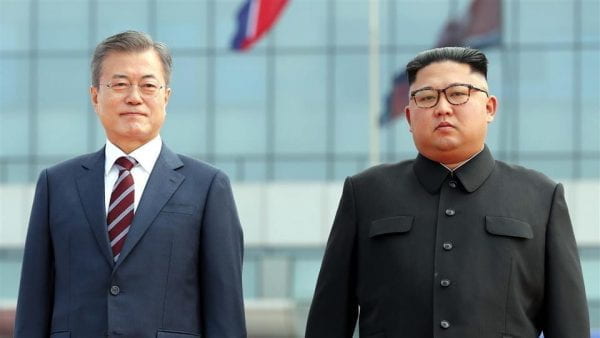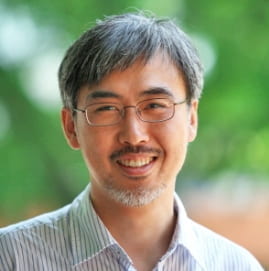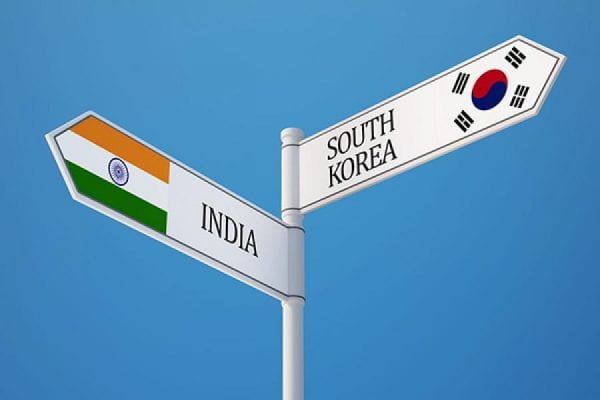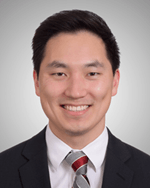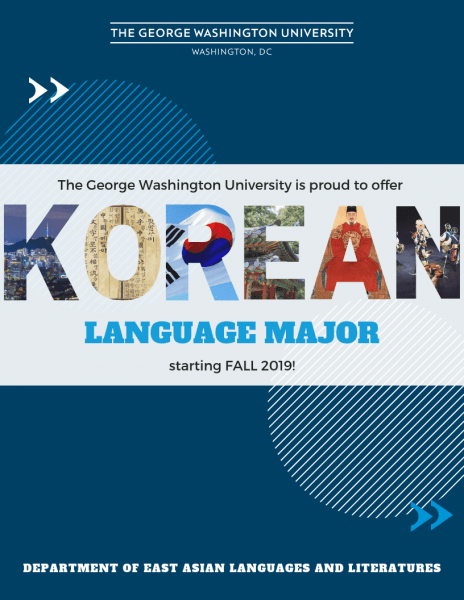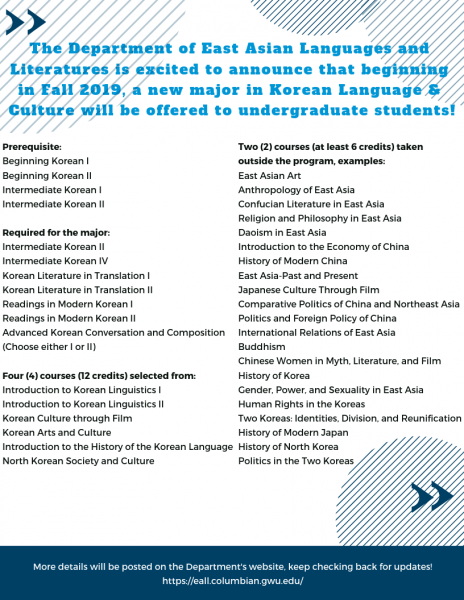On May 8th, 2019, Korea Peace Network, Partnerships for International Strategies in Asia, and the GW Institute for Korean Studies co-sponsored a lecture with Mr. Lee Taeho, Chair of Policy Committee of People’s Solidarity for Participatory Democracy on “Audacious Imagination for Peace – Key to the Korean Peninsula and Northeast Asia”. Moderated by Professor Linda Yarr, Director of Partnerships for International Strategies in Asia (PISA), and assisted by his translator Jenny Jeong, Mr. Lee began by introducing himself as an NGO activist. The topic of his talk was on how civil society can make peace and how peace can be a solution to issues on the Korean Peninsula. Mr. Lee read the script he prepared along with his presentation. He explained that as South Korea had successfully addressed social challenges in a peaceful and democratic way, as shown from the example of the candlelight revolution that impeached the former president, Park Geun-hye, challenges in inter-Korean relations can be handled peacefully as well. The Panmunjeom Declaration announced as a result of the first inter-Korean Summit not only gave hope for a new era of peace on the Korean Peninsula, but also served as a communication channel for North-South Koreas and U.S. – North Korea. Calling for “a nuclear-free Korean Peninsula through complete denuclearization”, the Panmunjeom Declaration aimed to establish a permanent and stable peace regime on the Korean Peninsula. Furthermore, the Singapore Joint Statement between U.S. and North Korea clarified that new and improved U.S.-North Korea relations and security assurance of the North Korean regime must be established in order to achieve complete denuclearization. In other words, both U.S. and South Korea took a peaceful and mutually trusting approach to facilitate denuclearization of North Korea. Unlike the previous negotiations among North Korea, South Korea and U.S., the three countries are working together to build trust and mutually corresponding relationship. South Korea and U.S. decided to put of Joint military exercises, one of many obstacles in resolving conflicts with North Korea. North Korea agreed to seize nuclear tests and dismantle the Punggyre-ri Nuclear Test Site.
Despite the efforts of the leaders of North and South Korea and the U.S., there remains much more obstacles in tackling issues with North Korea. The second North Korea- U.S. Summit in Hanoi ended without reaching further agreements on North Korean nuclear weapons, and raised mutual mistrust between the two countries. Mr. Lee argued that in order for the ongoing negotiations to lead to the establishment of relations among two Koreas and other neighboring countries, the following perception and approaches should be faithfully maintained. South Korea and U.S. must recognize that their military superiority is overwhelming and threatening in the eyes of North Korea. Thus, South Korea and U.S. should initiate military and threat reduction plan in order to ease tension. Second, there needs to be an all-corresponding consensus on transitioning Northeast Asia into a Nuclear Weapon Free Zone through joining the Treaty on the Prohibition of Nuclear Weapons. Third, U.S. and the United Nations should take active steps to life some of their harsh sanctions imposed on North Korea. Such draconian economic sanctions only serve as obstacles in implementing inter-Korean agreements as well as inter-Korean exchanges and cooperation. Fourth, Northeast Asian maritime territorial disputes must be resolved in order to alleviate military tensions and resolve conflicts on the Korean Peninsula. Lastly, we must deviate from the stereotypes and taboos of the confrontational Cold War Era and gear toward a more optimistic and peace-oriented approach. Such approach has been proven to be more effective than the previous antagonistic, distrusting military confrontations. This shift toward peaceful means of conflict resolution has been detected not only on the Korean Peninsula, but in South China Sea as well. Mr. Lee explained that governments and citizens of concerned countries should initiate peaceful measures to make this seemingly “unrealistic” scenario a reality.


